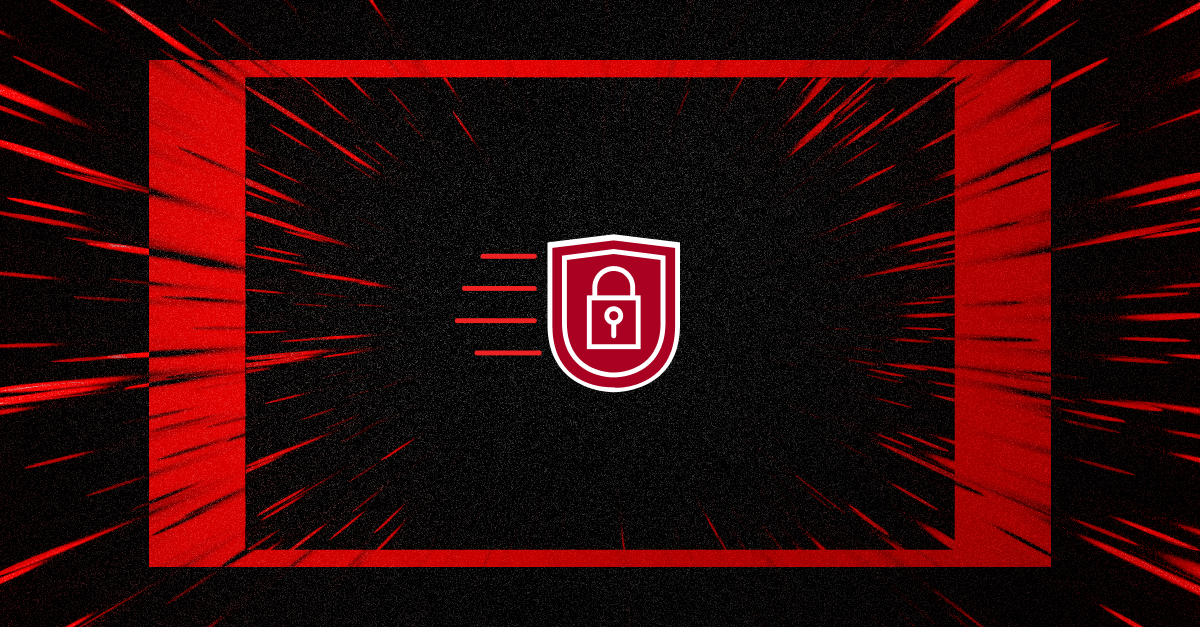The need to adapt quickly to changing circumstances and deliver incremental value has made Agile methodologies the go-to approach for many organizations. However, in the pursuit of speed and flexibility, security considerations are sometimes pushed to the backseat, leading to vulnerabilities and potential breaches.
How can you balance speed and security? That's what we're exploring in this blog post.
The Agile Advantage and Security Imperative
In 2001, the Agile Manifesto was published, defining a set of principles for Agile software development, emphasizing incremental and iterative delivery of working software. Today, 61% of companies use agile to achieve both software development and company-wide digital transformation, with teams other than software development teams also using agile methods to improve their work.
Agile methodologies revolutionized both software development and project management by placing the customer at the center of the process. It's proven to be 1.5x more successful than traditional approaches and is now widely used and even preferred by many organizations. Teams work in short cycles, delivering functional pieces of software at the end of each iteration. This approach enhances communication, reduces risk, and accelerates time-to-market.
Nevertheless, as organizations race to bring their products to market, one of the greatest challenges they face is ensuring that security is a core component of their Agile processes.
Just ensuring rapid delivery of the product is not enough. The key to Agile success is to ensure that security is an integral part of the process from the beginning. And since agile is an iterative process, and is all about accommodating changing requirements as and when they arise, security must also be part of this iterative process. Regular security reviews and tests whenever there is a change in the product is the key to delivering a working as well as secure product.
Understanding Agile Security
Agile security is not an impediment to the Agile process; rather, it's an essential component that ensures the final product is robust, resilient, and safeguarded against potential threats. It's not about slowing down development but about integrating security seamlessly into every phase of the project lifecycle.
The Agile Mindset
The Agile Mindset
At the core of Agile security is the Agile mindset. This mindset emphasizes collaboration, adaptability, and constant improvement. Security is not a one-time event but an ongoing effort that requires the entire team's commitment.
This mindset enables teams to navigate the challenges of dynamic environments, harness the collective expertise of diverse team members, and drive ongoing enhancements to their processes and outcomes. In today's fast-paced environment, adopting an agile mentality allows teams to effectively embrace change, operate cohesively, and develop a culture of creativity and resilience.
The Three Pillars of Agile Security
Agile security rests upon three pillars: collaboration, automation, and adaptability.
Collaboration
Breaking down silos between development, operations, and security teams is crucial. Regular cross-functional communication ensures that security requirements are considered from the project's inception, preventing last-minute surprises.
Automation
Automation accelerates security processes, allowing for quicker identification and resolution of vulnerabilities. Automated testing, code analysis, and deployment pipelines can significantly enhance the security posture of the project.
Adaptability
Agile security acknowledges that security threats and best practices evolve over time. Teams must be prepared to adapt to new challenges and implement emerging security measures.
Best Practices for Agile Security Implementation
To effectively integrate security into Agile processes, consider the following best practices:
Secure User Stories and Backlog Items
User stories are a useful way to understand the value offered by new features added a project, from the user's perspective. These stories keep the project team focused on what is most important - the customer, and drive solutions based on the user's needs. Integrating security features into user stories ensures that security requirements are considered at every stage of the project lifecycle.
Continuous Security Testing
Implement continuous security testing to identify vulnerabilities early in the product development cycle. This enables quick detection of security flaws, misconfigurations, or vulnerabilities, allowing development teams to address issues promptly before they become more complex and costly to fix. Continuous security testing provides real-time feedback, enhances the security posture of the application, and reduces the risk of introducing vulnerabilities into the codebase.
Secure Coding and Knowledge Sharing
Educate developers about secure coding practices and encourage knowledge sharing within the team. Fostering a culture of knowledge exchange within the team can include regular security training sessions, webinars, coding guidelines, peer reviews, workshops and more. Additionally, code reviews play a crucial role in ensuring code quality and security.
Security Champions and Cross-Functional Collaboration
Appoint security champions within the team who are responsible for advocating and implementing security measures. These champions take on the responsibility of advocating for and implementing security measures throughout the entire development lifecycle and the entire team. They remain informed about the latest security trends, conduct thorough security assessments, and actively collaborate with other team members to address any security concerns that arise.
Cross-functional collaboration ensures that employees with different backgrounds and skillsets work together to achieve a common business goal. This collaboration also ensures that the security team isn't burdened with all the responsibility of securing the application, since there will be someone in charge of security in such a team.
How Can We Help?
Mastering Agile security is not just a trend; it's a necessity in today's fast-paced world.
If you're a project manager looking to incorporate security into your Agile projects, reach out to us today to learn more about how we can help you build more secure products.







